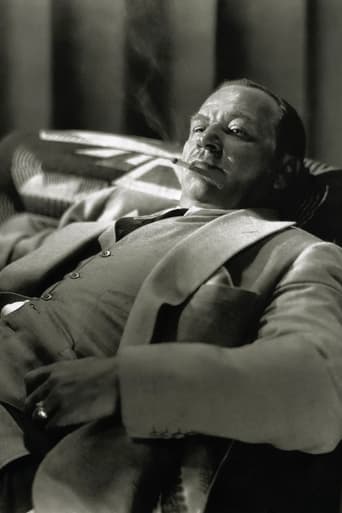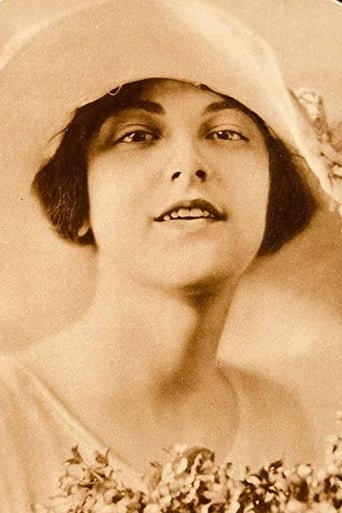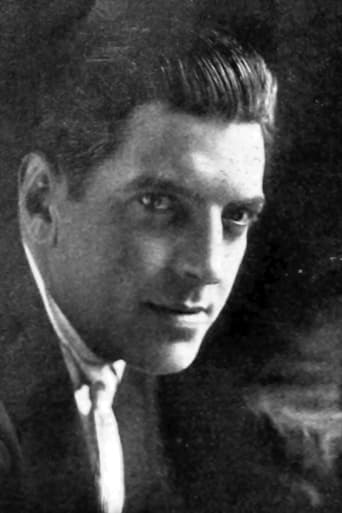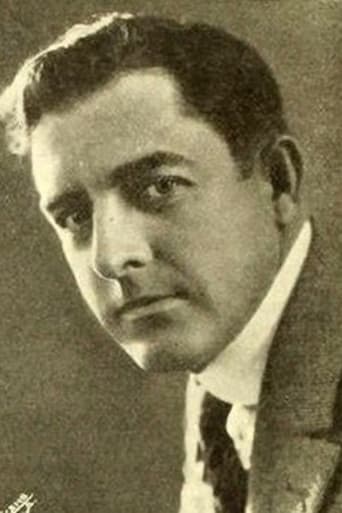Perry Kate
Very very predictable, including the post credit scene !!!
VividSimon
Simply Perfect
Console
best movie i've ever seen.
Jakoba
True to its essence, the characters remain on the same line and manage to entertain the viewer, each highlighting their own distinctive qualities or touches.
DigitalRevenantX7
The year is 1757 during the French & Indian War in the New World. The British fort of Fort Edward is being targeted by the French & their Native American allies the Hurons. Captain Randolph, a cowardly British officer decides to defect to the French after discovering that the fort is fitted with weapons that are basically useless & after his girlfriend Cora Munro, the eldest daughter of the fort's colonel, rebuffs his advances & instead falls for Uncas, the last of the Mohican tribe. The Hurons' chief runner Magua, who also desires Cora, leads the Hurons to massacre the inhabitants of the fort & kidnaps Cora & her younger sister Alice for himself. Uncas challenges Magua to a duel for the sisters' freedom.This 1920 silent film was the first of four adaptations of the novel by Fenimore Cooper & by far the best of the bunch. It is also the most faithful of the adaptations & correctly depicts the nasty side of the war at the time. The film was originally directed by Maurice Tourneur but when he became too ill to continue, Clarence Brown stepped in to finish the production.The film, like most other silent features of the era, is filled with pioneering shots, although it is still technically crude in some respects (this was 1920, after all – the cinema was still in its infancy at the time). The film is a bit stagy in some parts but there are no superfluous shots to be found. The acting is good & the film is reasonably exciting. The film is also watchable for the fact that it correctly depicts the New World (later to become the USA) as filled with good Indians, bad Indians, bigoted whites, romance between white women & Indians & the simple message that war is indeed a form of hell.
audiemurph
While the first half of the "The Last of the Mohicans" is rather run of the mill, the second half, beginning with the attack of the mass of drunken Indians against the British and French soldiers and civilians, is nothing less than astonishing. The explicit scenes of violence are some of the most spectacular ever filmed in black and white. There is no romanticization of war here. A baby is ripped from its mother's arms, and tossed high in the air to its presumed death. Wounded soldiers are attacked, tortured and massacred. Incredibly sickening, and it really draws you in.The most horrifying part of the battle is how long it goes on for. We are too trained in old films to expect the cavalry, or some other hero, to arrive before it is too late, before too many have lost their lives. Not here. The bloodbath goes on and on, men, women and children being hacked to death, and we finally realize, there IS NO cavalry to save them. The scenes of piles of corpses are amazing and captivating; I can't remember seeing anything quite like it in early cinema.The massacre scenes by themselves are enough to make this film memorable, but there is more: an incredible series of outdoor long-shots of a nightmarishly high cliff, with the tiny figures of the heroine and bad-guy Indian Wallace Beery on top, struggling, fighting, terrifyingly near the edge. This kind of scene, when done right, like it is here, always feels more dramatic in a silent picture, then it is with sound. The fight between Beery's Magua and the good Indian Uncas, quick as it is, also has an epic feel, taking place over a quick series of spectacular and varying landscape shots, down immense hills and titanic waterfalls. Remarkable indeed.A long forgotten actress, Barbara Bedford, plays the older dark-haired sister. She is actually quite beautiful, and the eye is drawn to her whenever she is on screen. Interestingly, IMDb credits her with over 200 movie roles, but once sound arrived, almost all of her remaining 100 roles were uncredited and/or in short subjects. Long forgotten.The movie suggests that quite a substantial number of civilians, including an surprising number of women, lived with the British soldiers in the colonies. I wonder if that is accurate. "Last of the Mohicans" really drives home how absolutely miserable it must have been to be living in the primitive forests of North America, at the whims of staggeringly extreme weather conditions, never mind the dangers posed by the Natives, thousands of miles from the comfortable, civilized, mild conditions of Britain. Interesting. And do the officers really never remove their white wigs, even in death?A highly recommended piece of cinema history, primarily for the historic battle scenes of the second half.
mhesselius
I just saw "Last of the Mohicans." I didn't expect much. I had seen other adaptations: the 1936 George B. Seitz movie and the Michael Mann remake of 1992. To me they all seem to lack the spirit of what is admittedly a rambling novel whose provocative subject matter is only partially realized. Cooper's problem was execution; he didn't understand how severely his story was compromised by unnecessary characters, needless plot devices, and ceaseless talk. Latter day film-makers steered around Cooper's problem by ignoring him and creating a story of their own, but in doing so they lost what was fine in his work.Director Maurice Tourneur does not ignore Cooper, although he does cut through the crap. In a non-talking film the characters can't yap on the way they do in Cooper's fiction. Hawkeye's role is reduced. He has few scenes and is not the romantic lead Randolph Scott and Daniel Day Lewis would be in later adaptations. He is the homely, awkward, asexual woodsman Cooper describes. Tourneur chooses, rather, to focus directly on the tragic romance at the novel's core, between British colonial Cora Munro and Mohican hunk Uncas. He thereby rescues the film from becoming another "Birth of a Nation" with Wallace Beery's Magua standing in for Griffith's black-faced white men who try to rape white women.Tourneur's technique is impressive. Camera perspective, lighting, and editing are well in advance of what was being done in 1920. The action on the Eastman print I saw seems a little fast. I'm not sure if it runs at the correct projection speed. Tourneur obviously under-cranked his camera during action sequences to give actors and extras the appearance of furious motion. These are only small criticisms, however.As in all his films Tourneur reined in the actors' exaggerated facial expressions and theatrical gestures, which is perhaps why there are so many title cards explaining the actors' motivations. Barbara Bedford is restrained and natural as Cora, some might argue too restrained to be the passionate, dark-haired heroine of Cooper's novel. But Tourneur lets Bedford's quiet beauty act as a veneer masking a volatile nature. Her defiance of social and feminine conventions – showing attraction for a Native warrior, and impulsively sacrificing herself to protect her sister in the Indian town – affects us all the more because of her stillness. In Garbo such stillness was praised as mystique. So perhaps it is no coincidence that Tourneur's protégé Clarence Brown, who finished this film when Tourneur was injured, guided Garbo's early career beginning with "Flesh and the Devil" in 1926.
Michael_Elliott
Last of the Mohicans, The (1920) *** (out of 4) Early adaptation of James Fenimore Cooper's novel doesn't have the best of stories and has more in common with The Birth of a Nation rather than the book but overall the film remained entertaining. The best moments happen at the end with a dazzling action sequence on a tall cliff that has to be seen to believed. Follow that up with a terrific knife fight with some beautiful locations makes this an easy film to recommend. But be forewarned that if you were offended by the Griffith film then you'll probably be even more outraged here. The cliff scene borrows a lot from the Griffith movie and some of the battle scenes do as well but with the white actors playing Indians with paint on them (which you can see melting in a few scenes) and some of the negative stereotypes some might find it offensive. Boris Karloff was an extra in this film but I wasn't able to spot him while watching.




